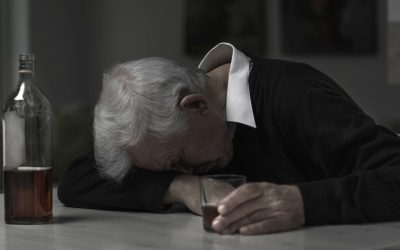Given that drinking can make you lose track of what you’re eating, calories (and pounds) can add up quickly. Being tipsy has another downside, making it easy to mix up your medications or to forget to take them entirely. Studies showed that men with diabetes who consumed three to four alcoholic beverages every night had a higher risk of peripheral neuropathy compared to men with diabetes who drank less. Given the data indicating decreased BDNF in alcoholism, there has been considerable interest in the possibility that chronic alcohol ingestion may impart its negative effects on T2DM, through its effects on BDNF.

Diabetes and Alcohol
- There were no significant differences in blood glucose in the evening or overnight observation periods.
- From the occasional glass of wine to the carbohydrate and calorie confusion, here’s what you need to know about drinking and how you can indulge safely to make your next happy hour or holiday gathering less confusing.
- However, according to American Diabetes Association (ADA), heavy consumption and zero consumption increase the risk.
- This is an average of your blood sugar levels over 3 months.
Drugs in the GLP-1 family, including semaglutide and tirzepatide, are known to provoke vomiting — just like excessive drinking. This alcohol-induced hypoglycemia may have a delayed effect, hitting you after you’ve stopped drinking, possibly after you’ve fallen asleep, or even during the next day. Once a person consumes it, it is rapidly absorbed by the stomach and small intestine and enters the bloodstream. Talk with your provider if you or someone you know with diabetes has an alcohol problem. It may sound harsh, but it’s advice that any healthcare provider is likely to give.
Food Safety Pitfalls at Thanksgiving & Beyond
- A statistically significant interaction in studies based in Asian countries, with a higher risk, was also identified.
- Combining the blood-sugar-lowering effects of the medication with alcohol can lead to hypoglycemia or “insulin shock,” which is a medical emergency.
- Ultimately, weight gain can lead to insulin resistance and higher blood sugars, especially if you have type 2 diabetes.
- This is because the liver has to work to remove the alcohol from the blood instead of managing blood sugar levels.
- Moreover, alcohol dependence was one of the concomitant factors in subjects with impaired glucose tolerance that are diagnosed with performing standard 75 g oral glucose tolerance test.
- Moderate and heavy drinking can cause blood sugar to rise or fall too low.
The liver is also responsible for breaking down alcohol so the kidneys can flush it out of the body. A 2015 meta-analysis reviewed 38 cohort studies what is alcoholism to determine whether alcohol is a risk factor for diabetes. It found moderate consumption appeared to offer some protection against the condition in women and Asian populations, while heavy consumption raised the risk in almost all groups. However, according to American Diabetes Association (ADA), heavy consumption and zero consumption increase the risk.
Diabetes and the Risks of Drinking Alcohol
The risk of hypoglycemia is why experts advise people with diabetes not to drink alcohol if their blood sugar is already low. If a person chooses to drink, they should always eat at the same time and include carbohydrates, such as fruits, vegetables, or grains, in their meal. Alcohol sometimes can also cause blood sugar levels to rise. Drinking alcohol while eating, or right before eating, can cause blood sugar levels to rise. Watch your blood sugar closely before and after drinking alcohol.

About Medical News Today
Most people with diabetes can enjoy an occasional alcoholic drink. Each alcoholic beverage takes between 1 and 1.5 hours to finish processing in the liver. diabetes and alcohol The more alcohol a person consumes, the higher their risk of experiencing low blood sugar levels. Different drinks vary in alcohol, carb, and sugar content and in how they affect a person’s blood sugar levels. The following tables contain information from the Department of Agriculture.
